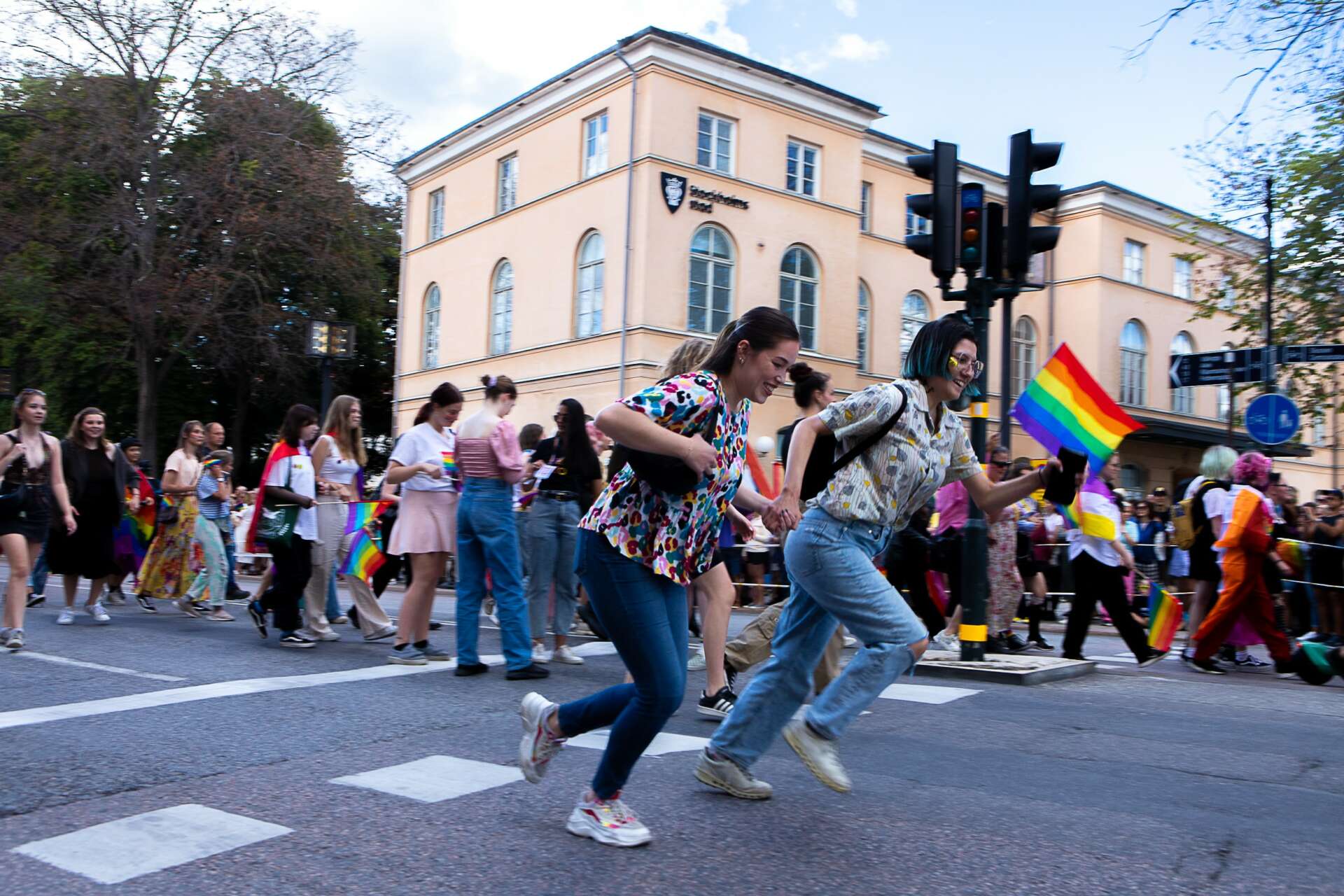We were lucky to catch up with Imani McCray recently and have shared our conversation below.
Imani, thanks for joining us, excited to have you contributing your stories and insights. We’d love to hear the backstory behind a risk you’ve taken – whether big or small, walk us through what it was like and how it ultimately turned out.
One of the biggest risks I have taken in my artistic career is traveling to DC to document the 2021 Insurrection. January 6th was a sight that should have been relegated only to horror movies and pre-reconstruction ignorance—not 2021. Black Lives Matter Plaza sets the scene for my day. All of DC was swarmed by the delusional and privileged as they marched on the Capitol, inflamed by the (former) President of the United States and a barrage of lies about election fraud. Individuals proudly carrying racist and hateful symbols appropriated a form of protest often utilized by marginalized, at-risk, and oppressed minorities. Like most forms of appropriation, this mob picked and chose information and tactics most beneficial for them to implore out of context. They chanted “Stop the Steal” while waving Confederate flags. Yet, instead of a peaceful protest protected by the First Amendment, they felt entitled to break barriers and ransack the very symbol of democracy in America—the United States Capitol— destroying property, threatening leaders, and taking lives in the process. (All while taking selfies and boasting about their exploits on social media.)
Imani, before we move on to more of these sorts of questions, can you take some time to bring our readers up to speed on you and what you do?
Born in Baltimore, Maryland in 1992 as a black child, the probability of me being dead or a negative statistic was inherited from birth. While I experienced much trauma and pain growing up as a child of poverty, divorce, abuse, and adoption, I recognize that there is much love and hope in the world. Therefore, I want to heal and make a better world for all through my artwork and photojournalism. With the help of those who have come into my life, I have triumphed over many negative odds and wish to help others overcome their adversity. As individuals, it’s not our fault that we have inherited a broken world–a world where a single breath can sometimes feel like it is too much to go on. Our once-flourishing flora browns and withers, our clean water becomes sewage, our air turns to carbon, viruses flourish, and peace turns to war and violence. Nevertheless, if we are conscious enough to recognize these and so many more global issues, we are then bestowed with a new responsibility to act. Through the challenge of healing my community and the broader world, I found the power and my passion for photojournalism. We cannot hide from the truth, instead, we must expose the truth and find ways to encourage love and hope and defeat violence and hatred.
For you, what’s the most rewarding aspect of being a creative?
The most rewarding experience of being an artist/ creative is being influenced and learning from other cultures while I travel. After returning from a volunteer trip to Delhi, India, I feel extremely fortunate and privileged to have traveled to such a beautiful country and been given the opportunity to live, learn, and make friends with some of the most incredibly strong, intellectual, and beautiful children on our planet. This same privilege compels me to use my words and art as a platform to shine a light on a global crisis affecting too many of our world’s children and youth.
Indian children with families and orphans face challenges with which most Western children can’t empathize. I visited several schools in India designed to help children with a multitude of disabilities that still use non-PC terms like mental retardation to blanket their disorders. I also visited many orphanages that need funding to allow children to continue their education. Regardless of their circumstances, the children continued to have hope and demonstrate limitless potential, along with a yearning for knowledge.

In your view, what can society to do to best support artists, creatives and a thriving creative ecosystem?
Western society has had a detrimental impact on the creative ecosystem, leading to pollution, corruption, and appropriation. While there is still a deep appreciation for art and creativity, we must move away from merely reimagining the past and instead focus on fostering innovation. It is not about completely disregarding history; we cannot make progress by denying it. However, we cannot advance if we continue to rely solely on imitation.
To propel art forward, society needs to engage in introspection and take meaningful action. We must collectively ask ourselves how our world reached its current state. By reflecting on the challenges faced by both developed and developing nations, we can initiate positive transformations and embrace our shared humanity rather than perpetuating divisions. It is crucial for our society to reevaluate its priorities through a holistic lens, rather than being driven solely by a capitalistic agenda. This shift in perspective would inherently cultivate a thriving creative ecosystem. 



Contact Info:
- Website: https://www.bethechangephoto.com/about-1
- Instagram: https://www.instagram.com/imanicmccray/
- Linkedin: linkedin.com/in/imani-mccray-583164105
- Yelp: https://www.facebook.com/imani.c.mccray/
Image Credits
Ian Yankton: Photographer that took the picture of me with the floating house.


